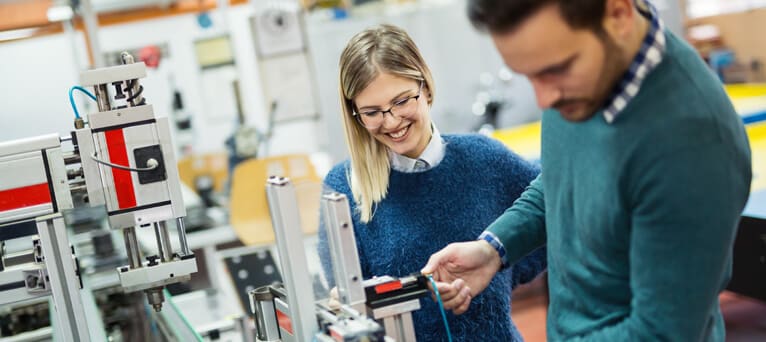The recent Covid-19 epidemics has brought back under the public spotlight the importance of understanding the molecular mechanism that regulate how drugs interact with our organism. Ultimately, most compounds need to reach specific targets within the cells composing our tissues and organs. One important question relates to how new compounds can reach their targets within the cell, a topic broadly known as pharmacokinetics. Since the advent of sensitive bioanalytical assays in the 1970s, studies in this area have been largely performed using biochemical methods [1].
Nevertheless, astounding progress in the last decade has occurred in the fields of (i) fluorescence microscopy techniques, ranging from super-resolution techniques which break the diffraction limit to novel biosensors that can monitor virtually any signaling pathway and of (ii) fluorescence labeling tools, ranging from click chemistry, to label proteins or active pharmaceutical ingredient with virtually any organic dye to biorthogonal labeling [2][3]. This has opened the door to new approaches based on fluorescence microscopy and spectroscopy join the arena of drug discovery and development efforts, by performing subcellular pharmakokinetics studies [1].
In this highly interdisciplinary project, you will develop and apply single molecule methods based on the use of fluorescence fluctuations, fluorescence polarization and stochastic activation and localization (PALM) to monitor at high spatial and temporal resolution the kinetics and spatial localization of the uptake of fluorescent drug analogs within single cells. The project will build upon our recent results in characterizing the subcellular mode of motion of the key second messenger cAMP [5] The project is based upon an international collaboration with the group of synthetic organic chemistry at the University of Bologna (Italy), and an international pharma group.
At the end of the project, you will have gained a solid expertise in advanced fluorescence microscopy methods, as well as skills in cell and molecular biology and basic pharmacology. Prior wet lab experience and microscopy training will be advantageous, but are not pre-required.

 Continue with Facebook
Continue with Facebook




